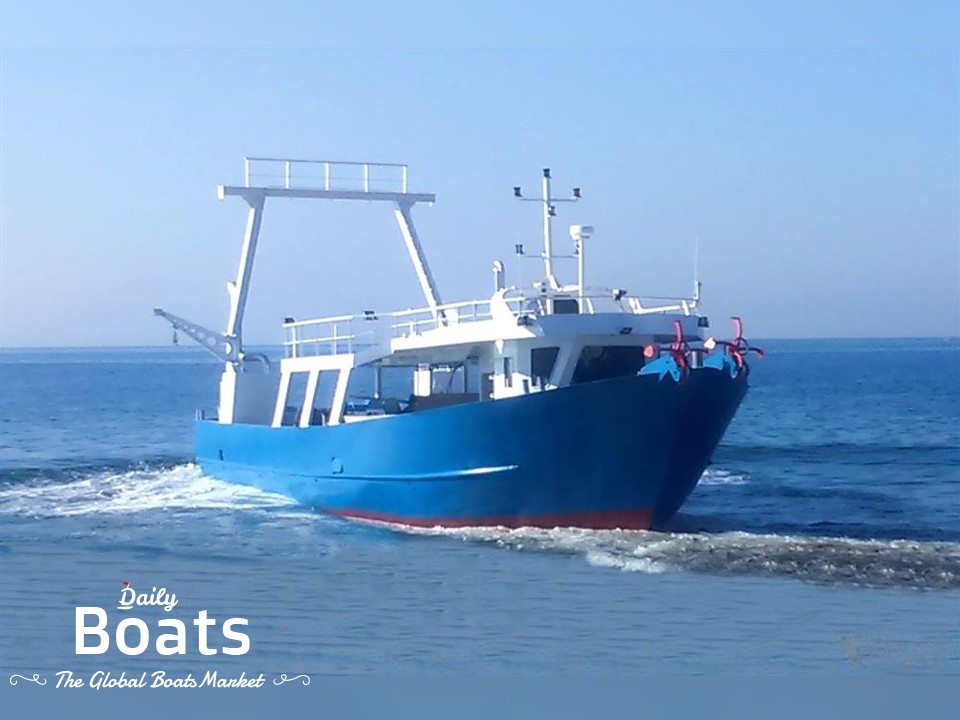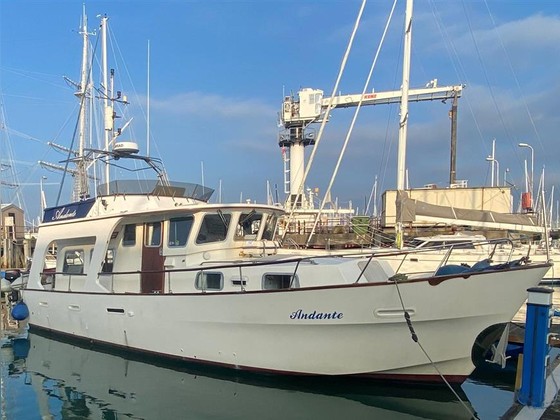Fishing trawlers

How fishing trawlers work: A comprehensive guide
Introduction
Fishing trawlers are large commercial fishing vessels that are used to catch fish in the open ocean. Trawlers have been used for centuries, but they have undergone a lot of changes over time. There are now different types of trawlers that are designed for specific purposes. In this post, we will take a comprehensive look at how fishing trawlers work and the benefits and challenges of using them.
What is a fishing trawler
How has the trawler changed over time
A fishing trawler is a vessel that is used for fishing. Fishing trawlers have been used for centuries, and their design has evolved over time to meet the changing needs of fishermen. The first trawlers were sail-powered, and later steam-powered. Today, most trawlers are diesel-powered.
The evolution of fishing trawlers has been driven by the need to catch more fish in a shorter amount of time. Early trawlers were slow and could only fish in calm waters. This made them unsuitable for use in the open ocean. Modern trawlers are much faster and can operate in all types of weather conditions.
What are the different types of trawlers
There are two main types of fishing trawlers: bottom-trawlers and midwater-trawlers. Bottom-trawlers fish near the seafloor, while midwater-trawlers fish in the open water column.
Bottom-trawlers are equipped with heavy nets that are dragged along the seafloor. This type of trawler is used to catch bottom-dwelling fish, such as cod, haddock, and flounder. Midwater-trawlers use lighter nets that are suspended from boom arms. These nets are used to catch pelagic fish, such as tuna, mackerel, and herring.

How do fishing trawlers work
The fishing process
Fishing trawlers are large vessels that are used to catch fish at sea. They are usually equipped with nets, which are used to trawl for fish. Trawling is a method of fishing that involves dragging a net through the water behind a boat. The net catches the fish and brings them onboard the vessel.
Fishing trawlers can be used to catch a variety of different types of fish, including cod, tuna, and salmon. The type of fish that is caught depends on the location where the trawler is operating and the time of year. For example, in the North Atlantic, cod is typically caught in the winter months, while salmon is caught in the summer months.
The trawling process
Trawling is a method of fishing that involves dragging a net through the water behind a boat. The net catches the fish and brings them onboard the vessel.
There are two main types of nets that can be used for trawling: bottom-set gillnets and midwater trawl nets. Bottom-set gillnets are anchored to the seafloor and are used to target species that swim near the bottom of the water column, such as cod and haddock. Midwater trawl nets are not anchored to the seafloor and are used to target pelagic species, such as tuna and mackerel, which swim in open waters.
The size of the net that is used depends on the type of fish that is being targeted. For example, bottom-set gillnets typically have mesh sizes ranging from 3-5 inches, while midwater trawl nets can have mesh sizes up to 12 inches or more.
On-board processing
Once the fish have been brought onboard by the net, they need to be processed before they can be sold or consumed. This typically involves cleaning and gutting the fish as well as packing them into boxes or bags with ice.
Fish that are caught by trawlers are typically sold fresh, but they can also be frozen onboard the vessel and sold later. Some fish, such as tuna, are canned onboard the vessel and then sold.
The on-board processing of fish is typically done by a team of workers known as fishers. In addition to cleaning and gutting the fish, they also sort them by species and size. The fish are then packed into boxes or bags with ice and stored in a hold until they are sold or consumed.
The benefits and challenges of fishing trawlers
The benefits of fishing trawlers
Fishing trawlers have a number of advantages over other fishing vessels. They are larger and more stable, which allows them to carry more equipment and fish. They also have on-board processing facilities, which means that the fish can be processed as soon as they are caught. This is important because it reduces the chance of the fish going bad. Fishing trawlers also have better navigational equipment, which helps them to avoid bad weather and find good fishing grounds.
The challenges of fishing trawlers
Fishing trawlers do have some disadvantages. They are expensive to build and operate, so there is a lot of financial risk involved in running a fishing trawler business. They also have a large environmental impact. Fishing trawlers can damage the seabed with their nets, and they often catch fish that are too small or not the target species. This can lead to overfishing, which is a serious problem in many parts of the world.
Conclusion
A fishing trawler is a vessel that is used to fish for fish in the sea. Trawlers have been around for centuries and have undergone many changes over time. Today, there are different types of trawlers that are used for different purposes. Fishing trawlers work by firstly catching fish and then bringing them on board the vessel to be processed. The benefits of fishing trawlers include being able to catch large amounts of fish at one time and having a relatively low impact on the environment. However, there are also some challenges associated with fishing trawlers, such as bycatch and pollution. In conclusion, fishing trawlers play an important role in the fishing industry, but it is important to be aware of the potential impacts they can have on the environment.







